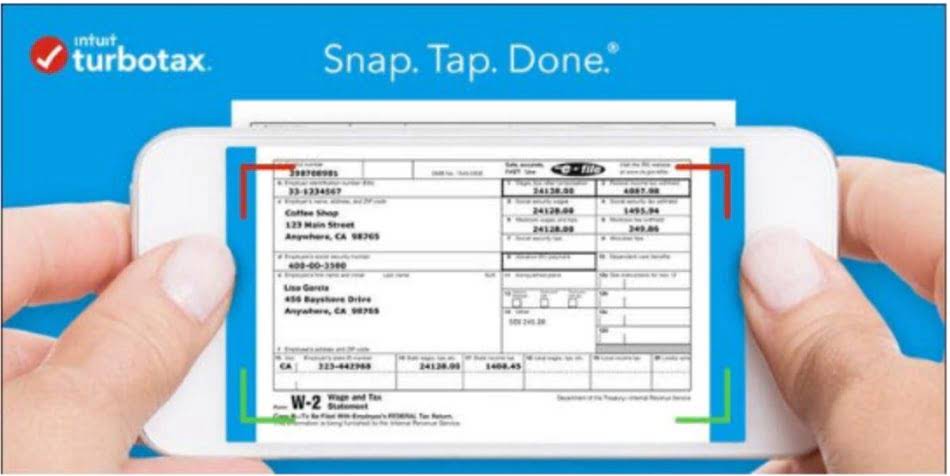The Double Declining Depreciation Method: A Beginner’s Guide

For example, if you have a gas cylinder that can make a total of 10,000 cups of tea. We can find out how much value the cylinder loses after producing each new cup of tea. Your car loses value as you drive it more due to factors like it gets scratches/dents, it loses demand, etc. XYZ Company has estimated the salvage value, also known as residual value, of the machine to be $5,000 at the end of its five-year useful life.
- Moreover, the machinery is expected to produce 200,000 units over its useful life of 10 years.
- While some accounting software applications have fixed asset and depreciation management capability, you’ll likely have to manually record a depreciation journal entry into your software application.
- 1- You can’t use double declining depreciation the full length of an asset’s useful life.
- When we divide these concepts, we obtain the basic annual depreciation rate.
- Various software tools and online calculators can simplify the process of calculating DDB depreciation.
This is unlike the straight-line depreciation method, which spreads the cost evenly over the life of an asset. This method falls under the category of accelerated depreciation methods, which means that it front-loads the depreciation expenses, allowing for a larger deduction in the earlier years of an asset’s life. Depreciation is the act of writing off an asset’s value over its expected useful life, and reporting it on IRS Form 4562. The double declining balance method of depreciation is just one way of doing that. Double declining balance is sometimes also called the accelerated depreciation method. Businesses use accelerated methods when having assets that are more productive in their early years such as vehicles or other assets that lose their value quickly.
Adjusting Entries on Balance Sheet, Income Statement, and Cash Flow statement
To introduce the concept of the units-of-activity method, let’s assume that a service business purchases unique equipment at a cost of $20,000. Over the equipment’s useful life, the business estimates that the equipment will produce 5,000 valuable items. Assuming there is no salvage value for the equipment, the business will report $4 ($20,000/5,000 items) of depreciation expense for each item produced. If 80 items were produced during the first month of the equipment’s use, the depreciation expense for the month will be $320 (80 items X $4). If in the next month only 10 items are produced by the equipment, only $40 (10 items X $4) of depreciation will be reported. Employing the accelerated depreciation technique means there will be smaller taxable income in the earlier years of an asset’s life.
This method gives more loss in the beginning and less loss later on, making it go down gradually. For example, if the life is 6 years, we add 1 + 2 + 3 + 4 + 5+6, which is 21. The monthly accounting close process for a nonprofit organization involves a series of steps to ensure accurate and up-to-date financial records. Accruing tax liabilities in accounting involves recognizing and recording taxes that a company owes but has not yet paid. This is important for accurate financial reporting and compliance with…
What is the Depreciation Formula?
With declining balance methods of depreciation, when the asset has a salvage value, the ending Net Book Value should be the salvage value. Under Straight Line Depreciation, we first subtracted the salvage value before figuring depreciation. With declining balance methods, we don’t subtract that from the calculation.
What is the difference between book and tax depreciation? – Thomson Reuters Tax & Accounting
What is the difference between book and tax depreciation?.
Posted: Fri, 25 Aug 2023 07:00:00 GMT [source]
Doing some market research, you find you can sell your five year old ice cream truck for about $12,000—that’s the salvage value. The total expense over the life of the asset will be the same under both approaches. In year 5, however, the balance would shift and the accelerated approach would have only $55,520 of depreciation, while double declining balance method formula the non-accelerated approach would have a higher number. DDB is ideal for assets that very rapidly lose their values or quickly become obsolete. This may be true with certain computer equipment, mobile devices, and other high-tech items, which are generally useful earlier on but become less so as newer models are brought to market.

